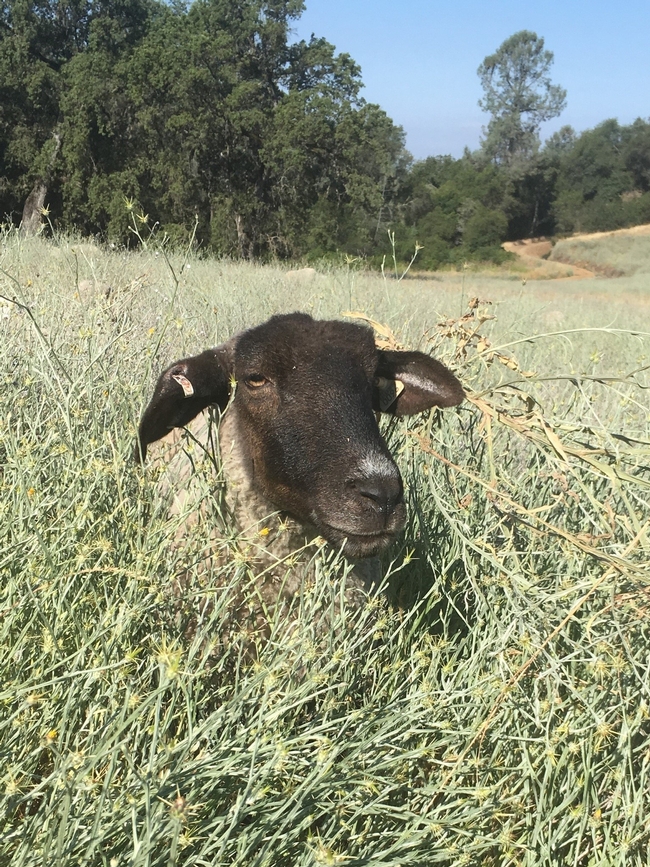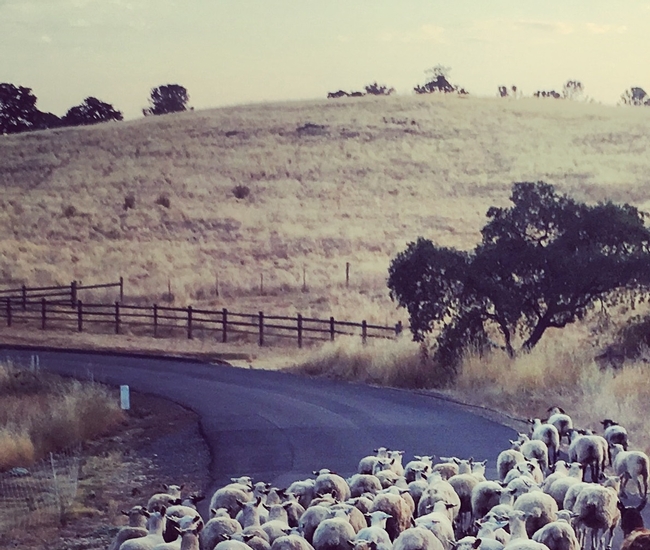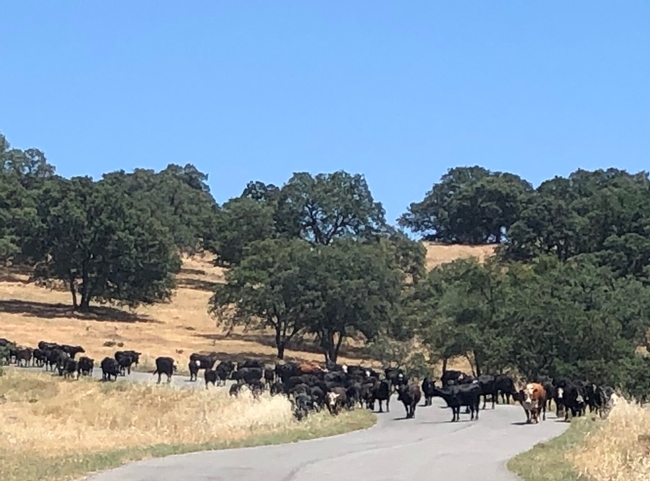- Author: Dan Macon
An Overview of the California Vegetation Treatment Management (CalVTP) Program
More than 18 months ago, the California Board of Forestry and Fire Protection approved the California Vegetation Management (CalVTP) Final Program Environmental Impact Report (Program EIR). If you're like me, you probably wonder what this alphabet soup of bureaucratic acronyms means – and what it as to do with targeted grazing and fuel-load reduction! The bottom line – the CalVTP is good news for our foothill communities and for the grazers who are working to make us all more fire safe!
Projects that use state funding to manage fuel loads – or that are on state or local government-owned lands – must evaluate the environmental impacts of these activities, under the provisions of the California Environmental Quality Act (CEQA). As you might imagine, completing a full CEQA analysis (or EIR) of every possible project can present a financial and logistical barrier for project proponents. As the state began to prioritize fuel-load reduction projects through funding from CalFire, the Board of Forestry realized that a streamlined process would be necessary if we were going to treat 250,000-500,000 acres a year (a goal established by Governor Newsom). The CalVTP is the vehicle for this streamlined process!
Overall, the purpose of the CalVTP is to reduce wildfire risk and promote resiliency. To accomplish this task, CalFire hopes to increase the pace and scale of vegetation treatments by streamlining CEQA review. Project proponents (state and local agencies, or the recipients of state funding) can adhere to a set of Standard Project Requirements (SPRs) designed to avoid and minimize environmental impacts and comply with applicable laws and regulations. In other words, a local community or agency can commit to this list of requirements and obtain CEQA coverage (rather than doing a full-blown EIR on its own).
Projects must either be within the “treatable landscape” (defined as land within the State Responsibility Area that is at risk of wildfire), or adjacent to these lands. And the types of projects covered include fuel reduction projects in the wildland-urban interface (WUI), the construction of fuel breaks, and ecological restoration.
Most importantly, however, from a grazing perspective is the fact that the CalVTP (and by extension, the Board of Forestry) recognizes “prescribed herbivory” (a fancy way of saying targeted grazing) as one of five covered treatment activities covered in the environmental analysis. This means that targeted grazing is on equal footing with other fuel-load reduction tools (like prescribed fire, mechanical treatment, manual treatment, and herbicide application). This means that state and local agencies, local communities, and others can receive funding from state grants for targeted grazing projects and know that these activities have CEQA coverage!
Why is this a big deal?! From my experience, it represents an explicit acknowledgment that grazing is an important fuels management tool – that grazing livestock are important beyond the production of food and fiber! The CalVTP puts grazing on a level playing field with these other treatments!
What does this mean for us locally? If you are a targeted grazer, you can help communities, agencies, and organizations develop funding proposals for fuel-load reduction projects. You can assist these organizations in developing the Project Specific Analyses that will ensure coverage under the Program EIR – and there will be funding available for this during the winter of 2021-22. Most importantly, this means more opportunities for partnerships between grazers and communities who want to make our region more fire safe! Sometimes acronyms mean good news!





